
Best Earth Images of the Week Apr. 12, 2013
Big April showing

The combination of lingering cold air and winter storms will yield the snowiest April for Minneapolis since 2002.
Minneapolis/St. Paul averages 2.8 inches of snow during the month of April.
Prior to the snowstorm Thursday that was impacting travel and foiling outdoor activities, the area has received 1.4 inches of snow during the first 10 days this month.
[Full Story: Snowiest April Since 2002 for Minneapolis]
On the down low
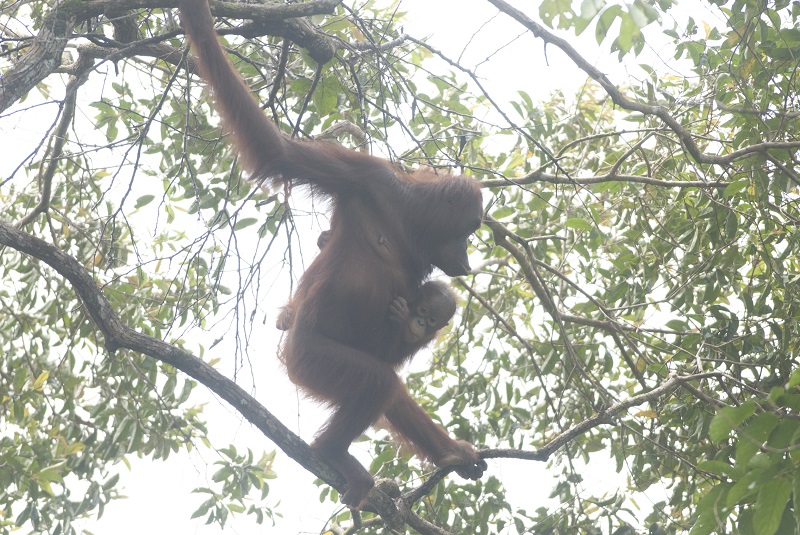
A population of 200 of the world's rarest orangutans was found tucked away in the forests of the island of Borneo, according to the Wildlife Conservation Society (WCS).
All subspecies of Bornean orangutans are listed as endangered by the International Union for Conservation of Nature. But scientists estimate just 3,000 to 4,500 individuals are left in the subspecies known as Pongo pygmaeus pygmaeus, making them the most severely threatened.
[Full Story: Secret Population of Orangutans Found]
Family reunion of sorts
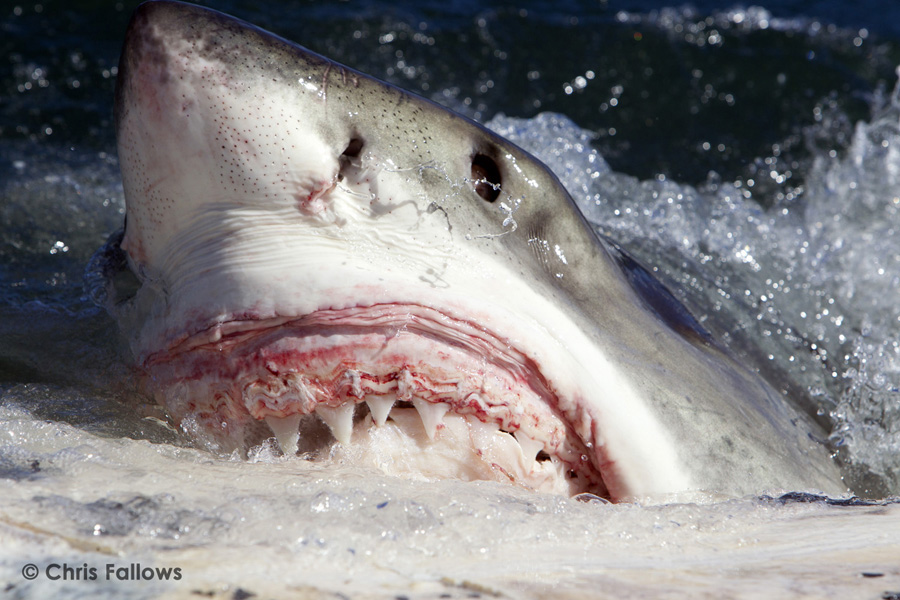
Great white sharks feast together on dead whales, which are important food resources for the normally solitary predators, a new study finds.
Drawn by wind-blown slicks of chemicals from decomposing flesh, great white sharks measuring up to 16 feet (5 meters) long gathered at floating carcasses near South Africa's Seal Island, gorging on blubber, researchers found during observing trips in 2000-2010. These giant sharks rarely appear near the coast but may cruise nearby, waiting to pounce on dead or dying whales, the researchers said.
[Full Story: Great White Sharks Gorge on Dead Whale Blubber]
Snowflakes as you've never seen
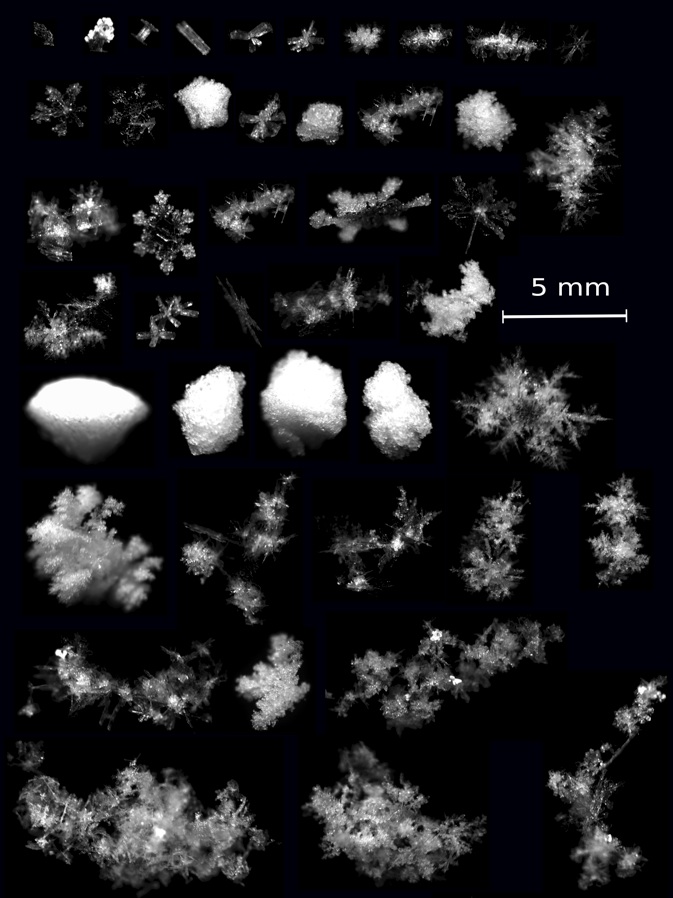
No two snowflakes are alike but you've never seen them quite like this.
A new device can take 3D photographs of snow as it falls through the air, revealing a diverse array of shapes that mostly look completely different than the 2D representations we're used to seeing.
[Full Story: Super Cool: 3D Photographs of Snowflakes ]
Cold awakening
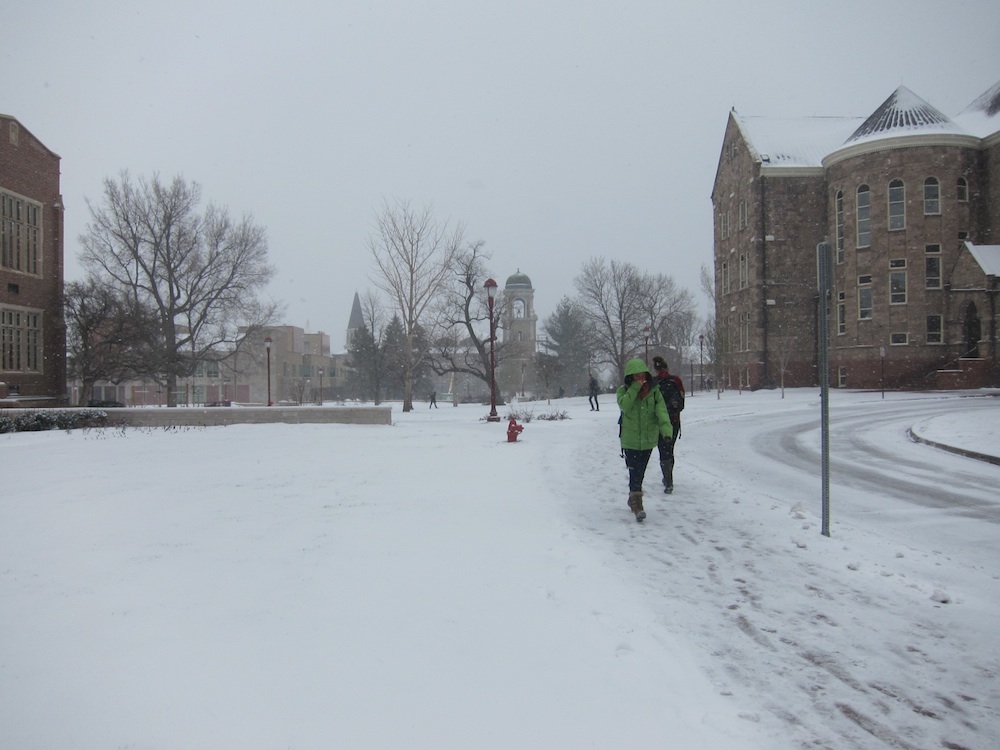
Colorado residents said a temporary goodbye to warm spring weather today (April 9), waking to scenes of ice and blowing snow.
A storm system blew through the eastern Rockies and the Great Plains last night (April 8), bringing with it strong winds and precipitous drops in temperature. Denver reached a high of 71 degrees Fahrenheit (21.6 degrees Celsius) yesterday afternoon; by 7:45 a.m. CST today, temperatures had dropped 55 degrees to just 16 F (-8.8 C).
[Full Story: Spring Storm Sends Temps (and Snow) Falling in Colorado]
Three amigos
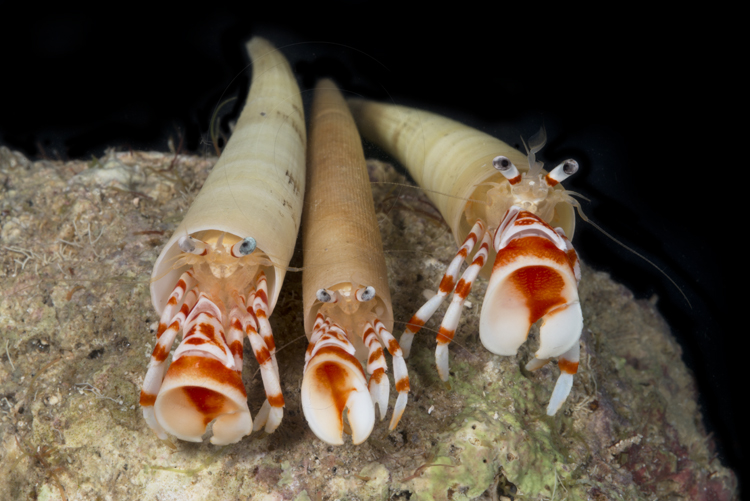
A recent submarine dive turned up a species of hermit crab that was previously only known through dead, dried specimens procured more than a century ago.
The sub collected a few of the animals, known as Pylopagurus discoidalis, from the Caribbean and brought them back to an aquarium, where they were photographed. These are the first pictures of the live animals ever taken, said Rafael Lemaitre, a research zoologist at the Smithsonian Institute's National Museum of Natural History.
[Full Story: Hermit Crab Species Found Alive for First Time]
Surprising find
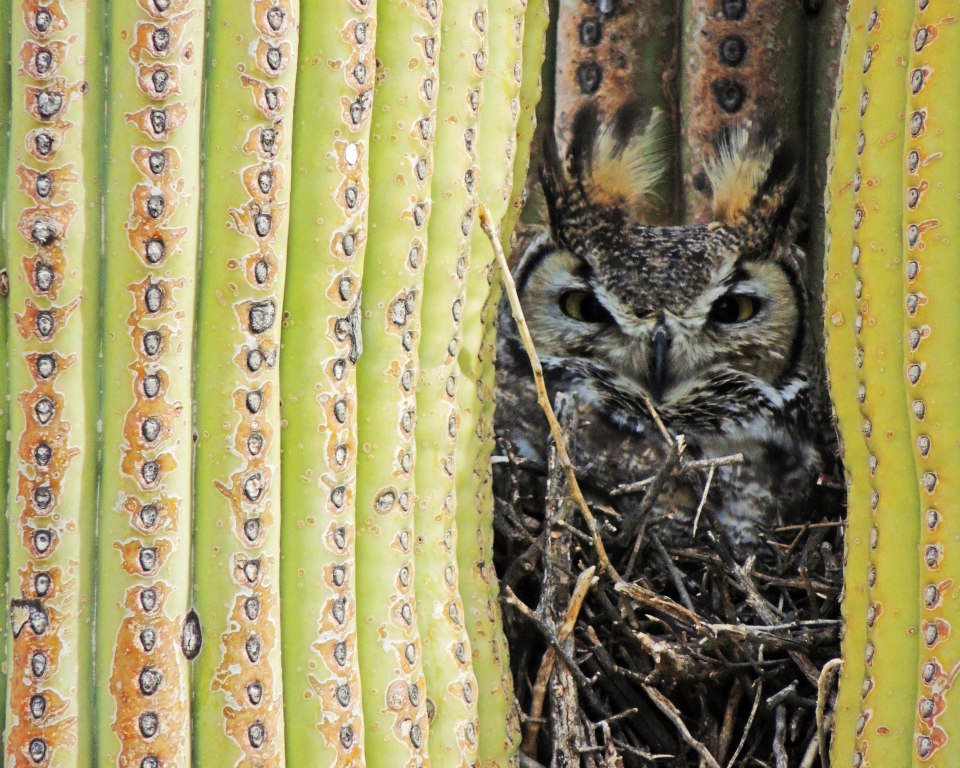
Giant cacti are the calling card of Saguaro National Park near Tucson, Ariz. The park is named after North America's largest cactus species, the giant saguaro. These cacti grow only in the Sonoran Desert in the U.S. Southwest and in Mexico. Some saguaros soar up to 70 feet (20 meters) in height.
Crane your neck up at a saguaro and you might find nesting critters. Great horned owls are saguaro aficionados, as the above image shows. These owls are among the world's most adaptable owls, living in mountains, deserts, rain forests, rocky coasts and mangrove swamps. Deserts are a good fit for owls because they can nest high in a giant saguaro and hunt over the open desert landscape.
[Full Story: Hoot of an Image: Owl Nests in Giant Cactus ]
Sign up for the Live Science daily newsletter now
Get the world’s most fascinating discoveries delivered straight to your inbox.










